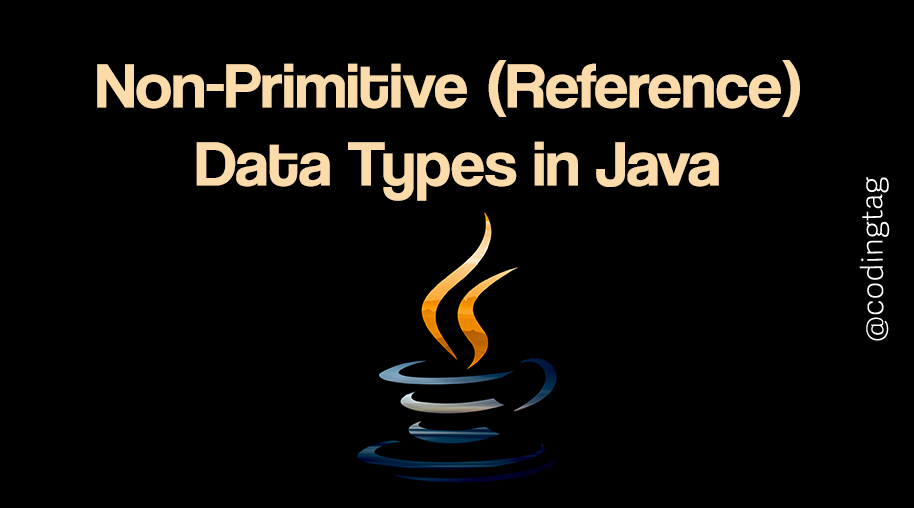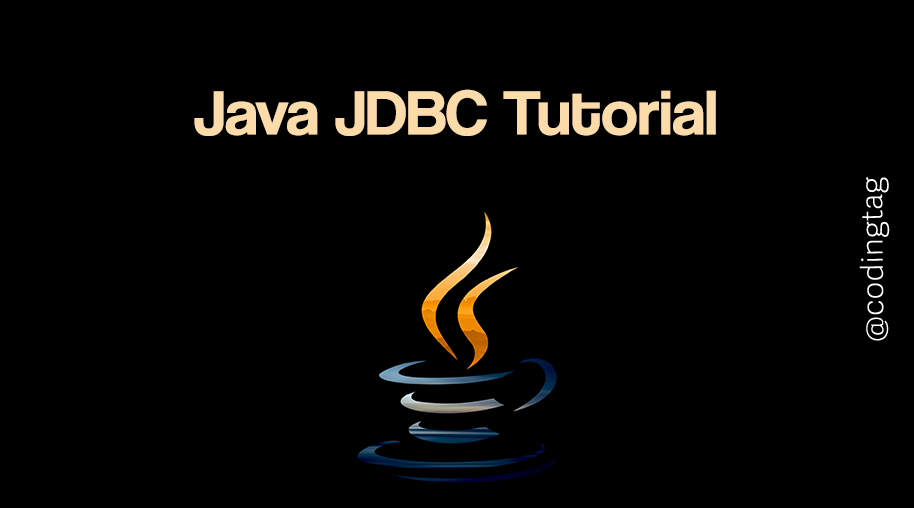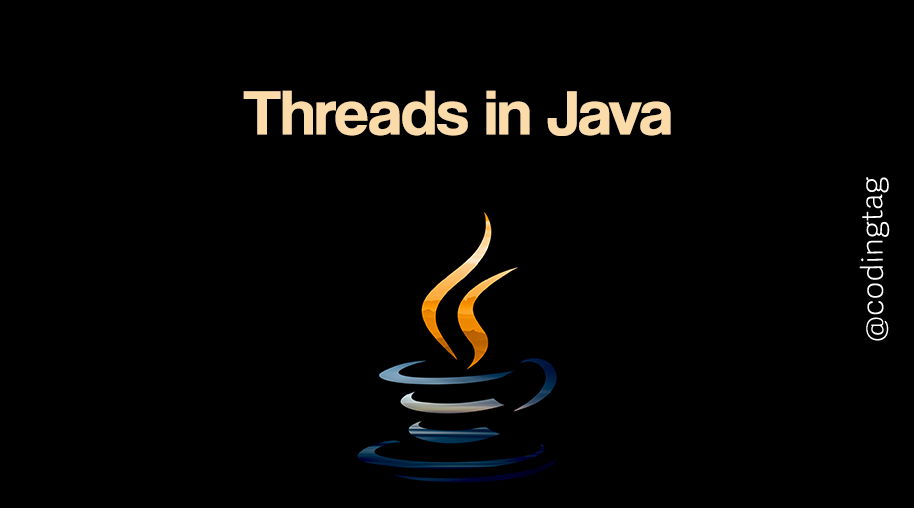Collections Framework Overview
0 764
📚 Collections Framework Overview
The Collections Framework Overview in Java is one of the most powerful and essential features in the Java platform. It provides a standard set of classes and interfaces to store, manipulate, and retrieve data efficiently. Whether you're dealing with a list of items, a set of unique values, or a mapping of keys to values, the collections framework has got you covered.
🔍 What is the Java Collections Framework?
The Java Collections Framework (JCF) is a set of classes and interfaces that implement commonly reusable data structures.
It is part of the java.util package and provides ready-to-use data structures such as List, Set, Queue, and Map, along with utility classes like Collections and Arrays.
🧱 Core Interfaces of the Collections Framework
- Collection: The root interface representing a group of elements.
- List: An ordered collection that allows duplicates (e.g.,
ArrayList,LinkedList). - Set: A collection that doesn't allow duplicate elements (e.g.,
HashSet,TreeSet). - Queue: A collection for holding elements prior to processing (e.g.,
PriorityQueue,ArrayDeque). - Map: An object that maps keys to values (e.g.,
HashMap,TreeMap).
🛠️ Important Implementations
import java.util.*;
List<String> list = new ArrayList<>();
list.add("Java");
list.add("Python");
Set<String> set = new HashSet<>();
set.add("Spring");
set.add("Hibernate");
Map<Integer, String> map = new HashMap<>();
map.put(1, "Frontend");
map.put(2, "Backend");
These classes offer different characteristics. For instance, ArrayList maintains insertion order, while HashSet does not. HashMap provides fast lookup, but TreeMap maintains keys in sorted order.
⚡ Utility Classes
- Collections: Provides static methods like
sort(),shuffle(),min(),max(). - Arrays: Provides methods to manipulate arrays like
sort()andasList().
Collections.sort(list);
System.out.println(Collections.max(set));
🧠 Benefits of Using the Collections Framework
- Consistency: All collections follow a consistent interface structure.
- Performance: Efficient algorithms and data structures are built-in.
- Flexibility: You can interchange implementations with minimal changes to code.
- Thread-Safety: Some implementations support concurrent access or can be wrapped for thread safety.
🧭 Collections Framework Hierarchy Overview
At the top level, there are two main branches:
- Collection →
List,Set,Queue - Map →
HashMap,TreeMap,LinkedHashMap
Each interface has multiple implementations depending on the specific use case — for example, whether you need sorting, order preservation, or fast retrieval.
🎯 When to Use Which Collection?
- Use List when order matters and duplicates are allowed.
- Use Set when duplicates are not allowed.
- Use Map to associate keys with values.
- Use Queue for FIFO or priority-based processing.
✅ Conclusion
Mastering the Collections Framework Overview is a must for any Java developer. It simplifies programming by providing pre-built, efficient, and easy-to-use data structures.
With the right choice of collection type, you can write cleaner and more performant Java code.
If you’re passionate about building a successful blogging website, check out this helpful guide at Coding Tag – How to Start a Successful Blog. It offers practical steps and expert tips to kickstart your blogging journey!
For dedicated UPSC exam preparation, we highly recommend visiting www.iasmania.com. It offers well-structured resources, current affairs, and subject-wise notes tailored specifically for aspirants. Start your journey today!

Share:







Comments
Waiting for your comments